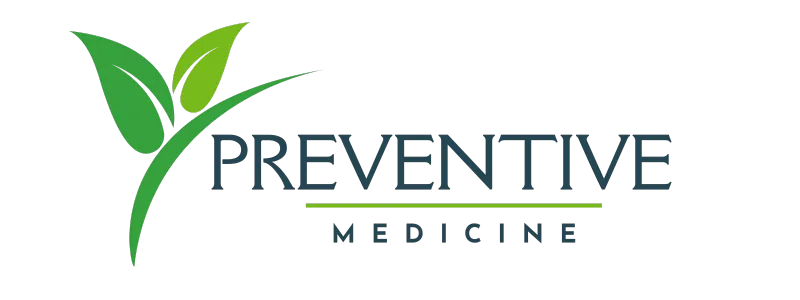The Window of Opportunity: Why Timing Matters in Menopause Hormone Therapy
Wondering when to start hormone therapy? Discover why the ‘window of opportunity’ matters in perimenopause and menopause, and how early treatment can boost energy, sleep, mood, and long-term health.





